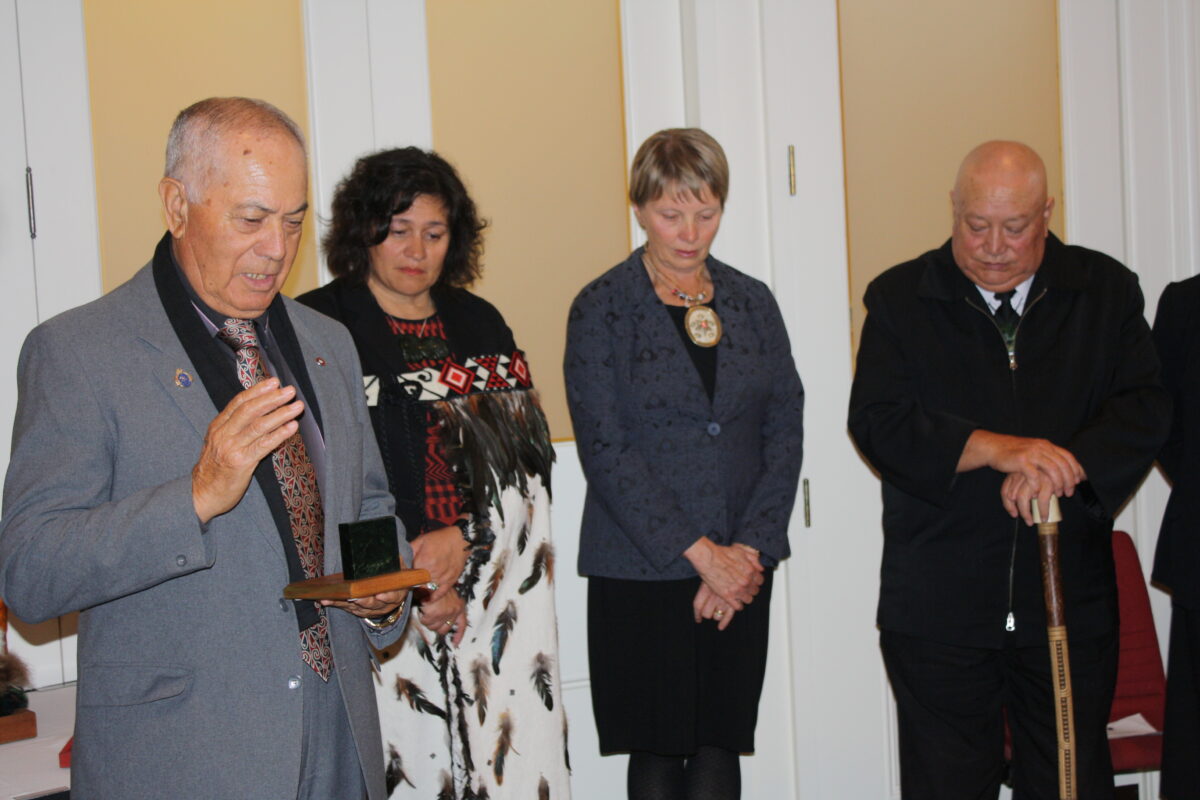NZNO kaiwhakahaere Kerri Nuku said Wallace had been a key supporter of NZNO’s new bicultural co-leadership model 10 years ago and had gifted NZNO its Māori name: Tōpūtanga Tapuhi Kaitiaki o Aotearoa.
“So he had a lot of influence in transforming [NZNO] to where we are today.”
Wallace died in Wairoa after travelling from Te Waipounamu (the South Island) to officiate at the funeral of Ngāti Kahungunu rangatira Norm Hewes. His body was returned to Wairewa Marae in Little River, Canterbury, with the help of an air force Hercules, for a tangi on January 11.
In 2013, Wallace gifted the titles of kaiwhakahaere and tumu whakarae (deputy) to the new NZNO Māori leadership roles. These roles were intended to work in partnership with the president and vice-president in a new bicultural structure.
The kaiwhakahaere and president roles both became full-time, paid positions for the first time under the changes, ushered in with a new constitution.
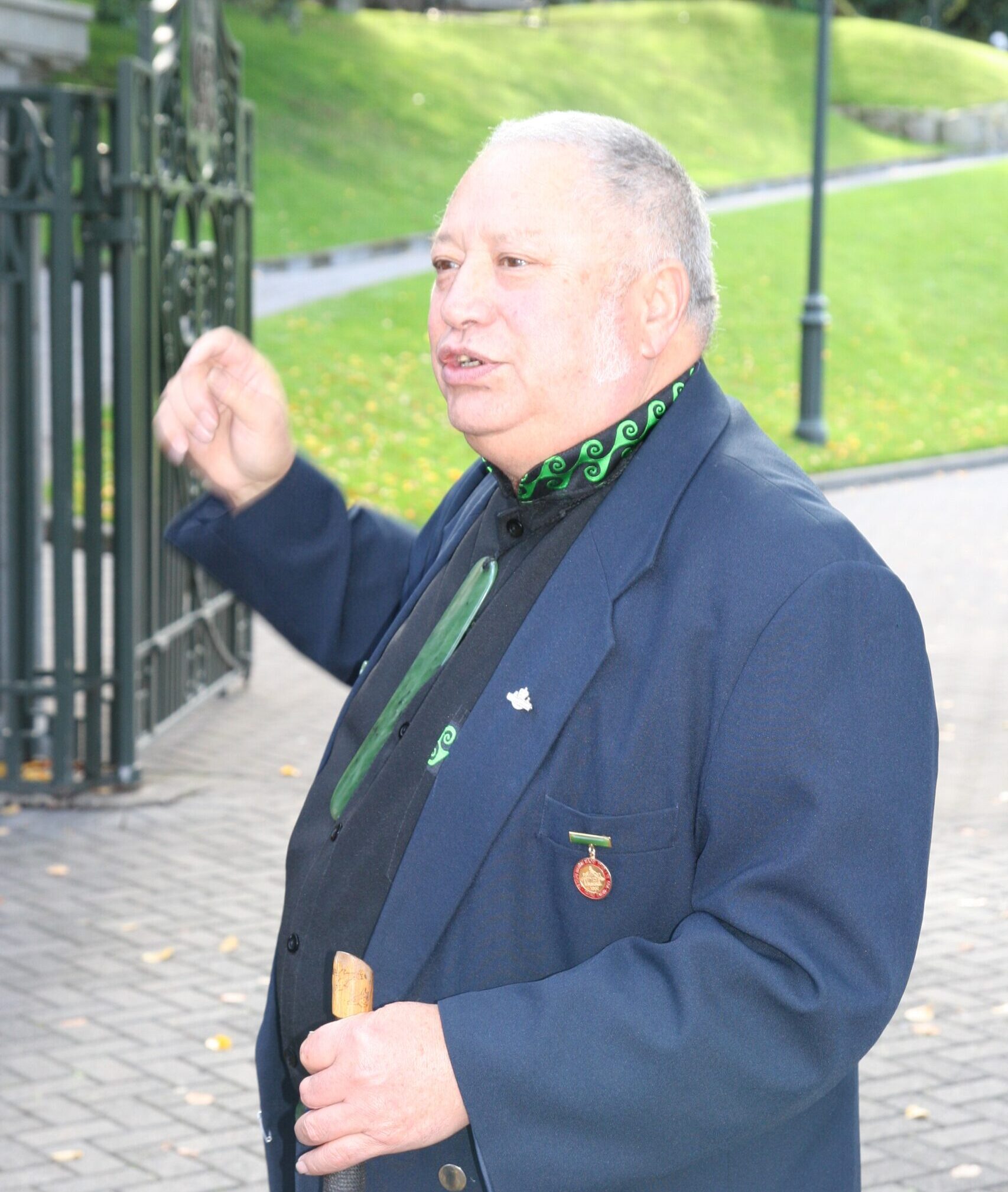
At the time, interim chief executive Susanne Trim said it was a new beginning for the organisation, along a bicultural pathway.
‘He was just a really good guy. He was funny — nothing was ever too much of a challenge.’
In his 10 years or so at NZNO, Nuku said Wallace was always very engaged with NZNO’s Māori governance committee, Te Poari, encouraging representatives to engage with their communities and make sure they took time to genuinely consult members.
“He wanted to embrace the whole ‘lost yourself in the service of members’, which meant being more proactive and doing that mahi,” she told Kaitiaki.
“He was just a really good guy. He was funny — nothing was ever too much of a challenge.”
In 2007, Wallace had also gifted the name Te Rau Kōkiri to a new tikanga-led bargaining process for Māori and iwi providers. This was intended to bring pay parity with other sector to nursing staff in these organisations — a fight which continues to this day.
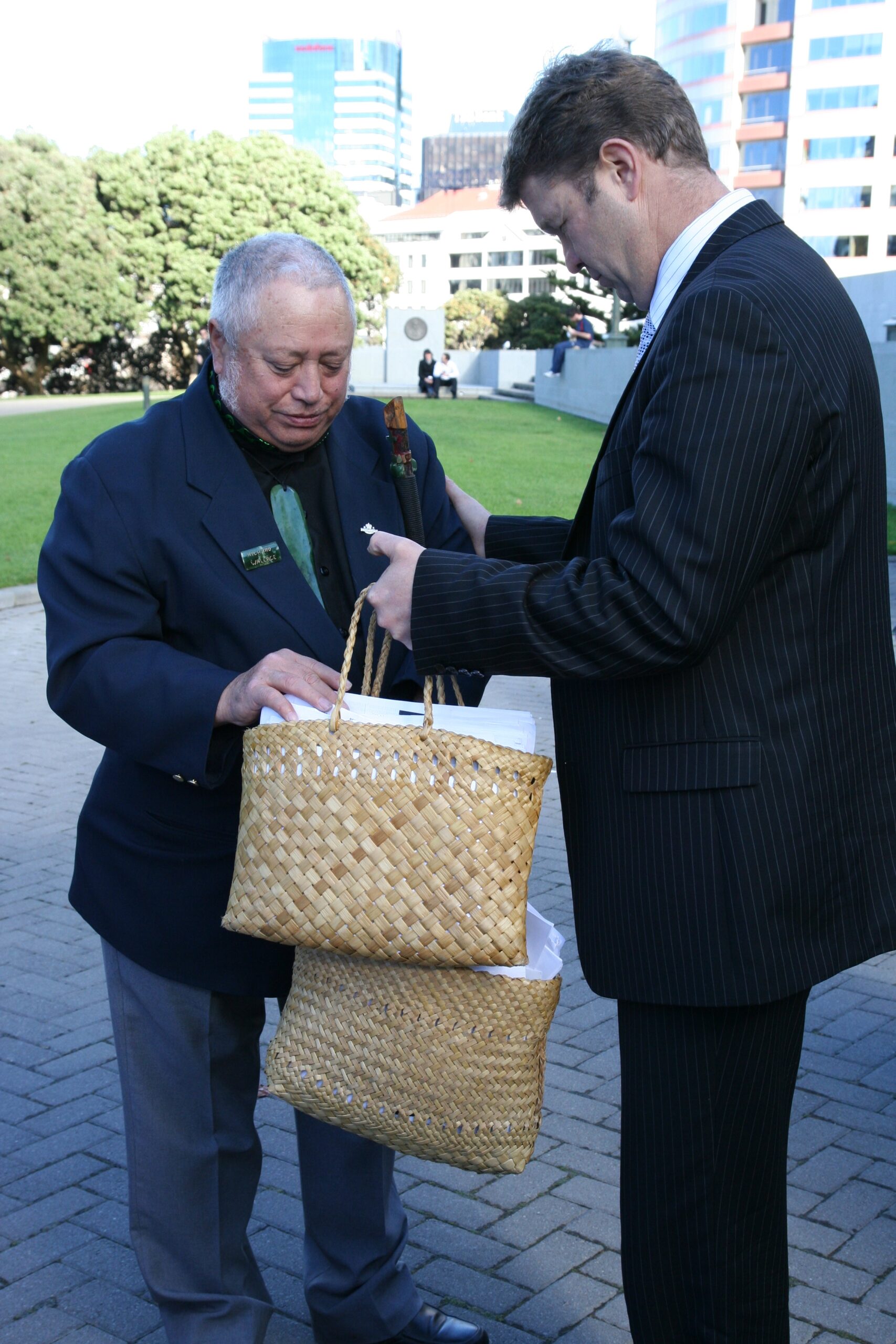
Of Ngāi Tahu, Kāti Māmoe and Waitaha descent, Wallace was an aircraft engineer in the Royal New Zealand Airforce for many years, before joining the Anglican Church.
He was awarded the Queen’s Service Medal for services to Māori in 2009, and went on to hold various church roles in Nelson and Canterbury before becoming Pīhopa o Waipounamu in 2016.
‘The family is all about strengthening and giving back to community and that is just the epitome of what he is about.’
Wallace had served in the Māori Anglican church for more than 40 years. The Māori Anglican church has five dioceses or regions, each with its own pīhopa.
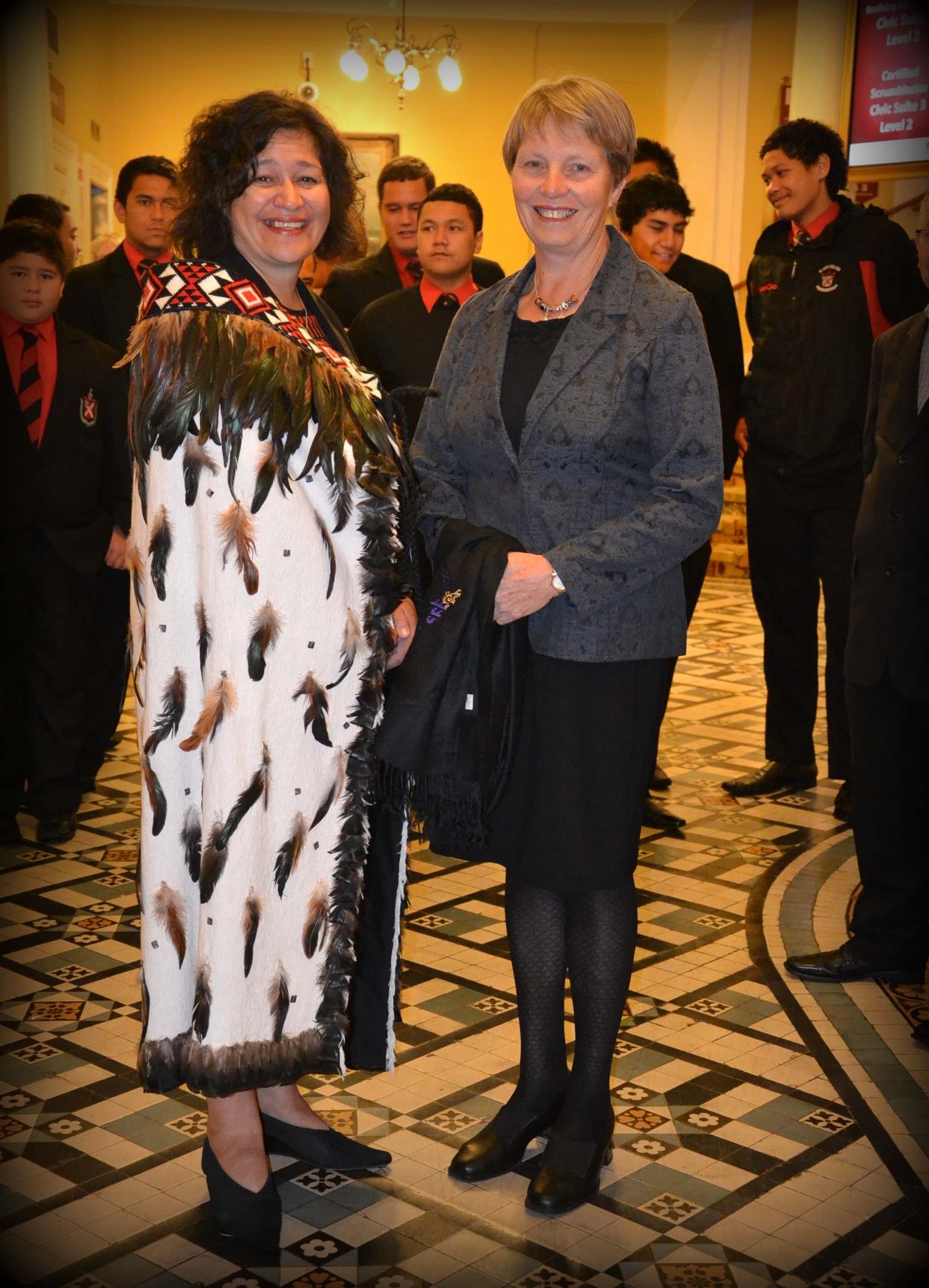
His wife Mere — who he met in the air force — was also active in Te Poari and a Te Rūnanga representative on the West Coast at the time.
The couple had three daughters and a whāngai (foster) son.
Daughter Susan Wallace said on social media that the death of her father had left whānau “bereft and heartbroken”.
One of their daughters, the late Angela Wallace-Swindells, worked at NZNO as a policy analyst in 2006/7. She passed away in 2014 from cancer at just 45.
Wallace’s daughter Maria Briggs is a nurse and NZNO member.
The whole family had been involved with the Māori Women’s Welfare League, Nuku said.
“The family is all about strengthening and giving back to community and that is just the epitome of what he is about.”
Wallace left NZNO in 2016 when he was appointed Bishop.
Informal, intimate farewell
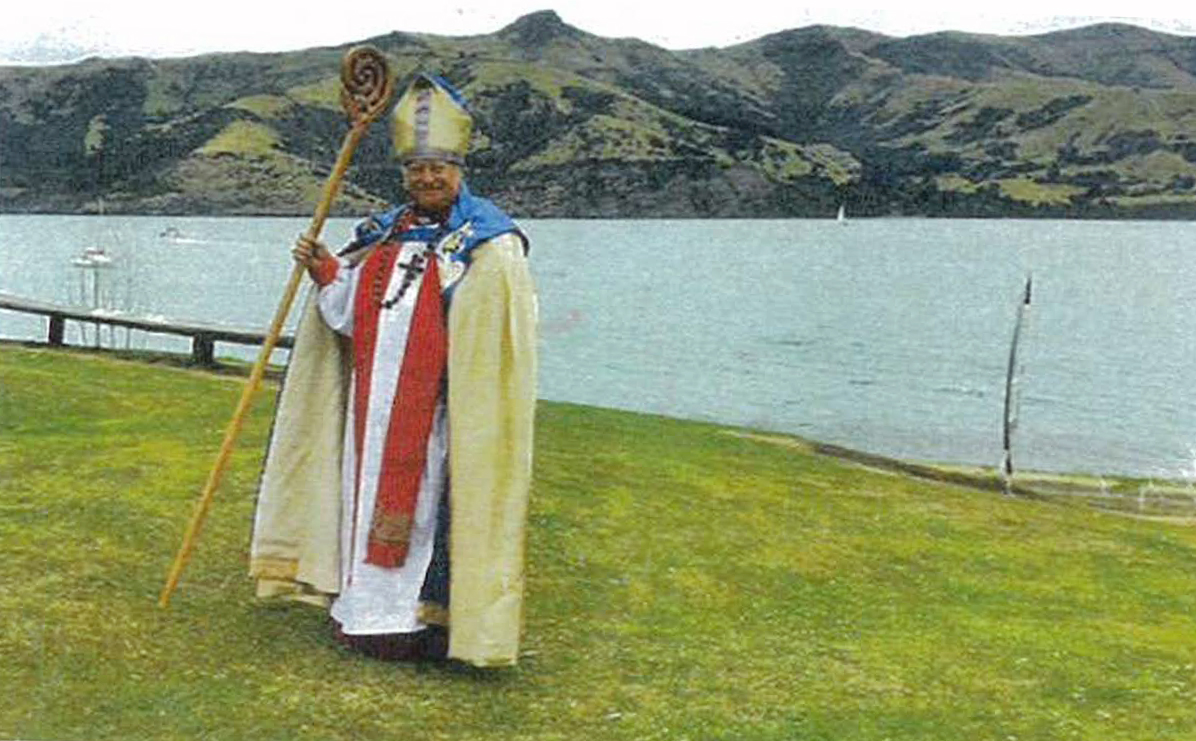
Nuku and other NZNO and Te Rūnanga representives attended his tangi on January 11 in Little River, an event Nuku said was small and informal.
“It was more intimate and it was like we got a special last moment with him.”
She said they had tried to leave early to catch flights but their car wouldn’t start, “so we thought ‘okay, he doesn’t want us to go’.”
They eventually made their flights.



